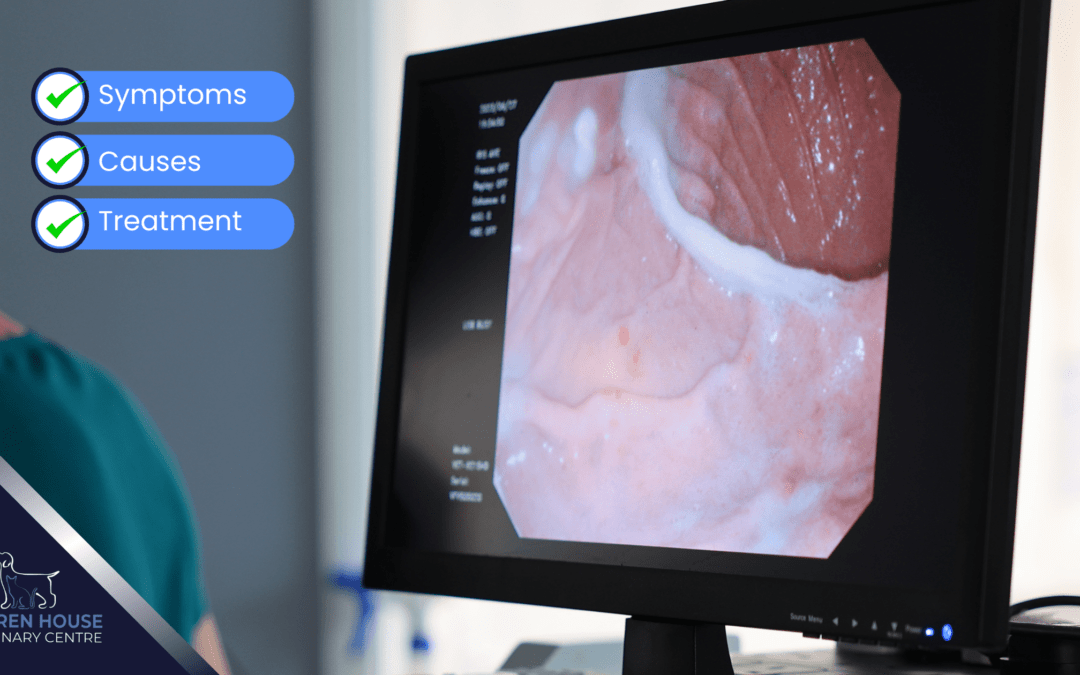We are dedicated to providing the most advanced care for your pets. One of the specialized services we offer is veterinary gastroscopy—a minimally invasive procedure designed to diagnose and treat conditions affecting your pet’s gastrointestinal tract.
What is gastroscopy?
Gastroscopy is a diagnostic procedure that allows us to examine the inside of your pet’s esophagus, stomach, and the upper part of the small intestine (duodenum) using an instrument called a gastroscope. This flexible, tube-like device is equipped with a camera and light source, providing a clear, real-time view of the gastrointestinal tract. This procedure is minimally invasive and often avoids the need for more extensive surgery.
What is Gastroscopy performed?
Gastroscopy is recommended for pets showing signs of gastrointestinal distress, including:
- Chronic Vomiting: Frequent vomiting without an apparent cause.
- Regurgitation: repeated regurgitation of food.
- Loss of Appetite: A significant reduction in appetite or refusal to eat.
- Weight Loss: unexplained weight loss over a short period.
- Abdominal pain: signs of discomfort, such as whining or reluctance to move.
- Blood in Vomit or Stool: The presence of blood, can indicate ulcers, tumours, or other serious conditions.
Common Conditions Diagnosed with Gastroscopy
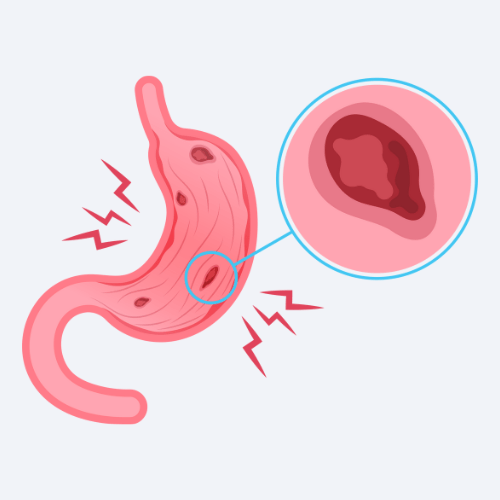
Gastric Ulcers
Sores in the stomach lining that can cause pain and bleeding.
Foreign Body Ingestion
Flea eggs are white and difficult to detect, but flea dirt (a mixture of flea droppings and dried blood) can often be seen on the skin of pets with fleas. It looks like small red-brown spots and can often be mistaken for dirt particles. You can check if the stains on your dog’s coat are real dirt or fleas by using wet paper to check. Take a damp paper towel or cotton ball and gently wipe away some of the stain. If the area around the spot turns red-brown, it’s flea dirt..
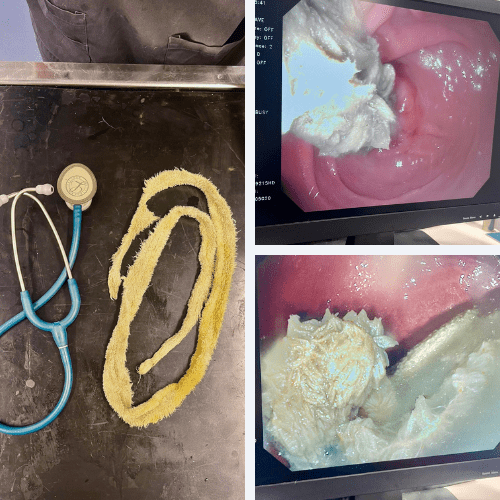
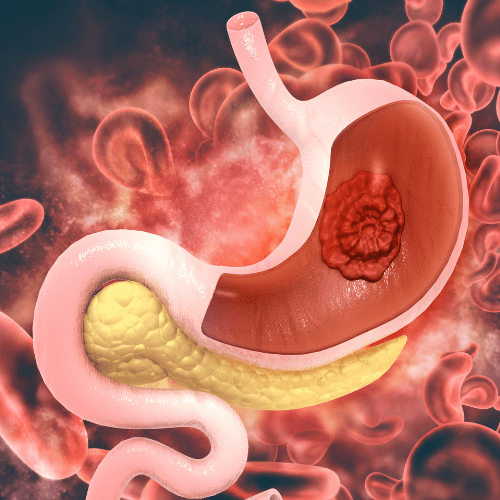
Tumours
You can see live fleas on your pet’s fur if you part or brush the pet’s fur back. However, fleas are very fast and can be difficult to detect! Around the base of the tail and around the neck are good places to look.
Inflammatory Bowel Disease (IBD)
You can see live fleas on your pet’s fur if you part with or brush the pet’s fur back. However, fleas are very fast and can be difficult to detect! Around the base of the tail and around the neck are good places to look.
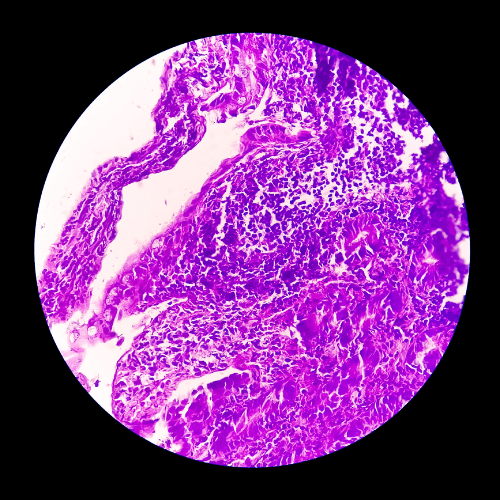
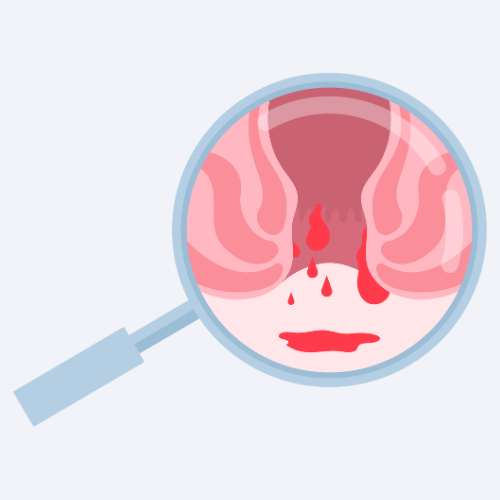
Gastrointestinal Bleeding
You can see live fleas on your pet’s fur if you part or brush the pet’s fur back. However, fleas are very fast and can be difficult to detect! Around the base of the tail and around the neck are good places to look.
Benefits of Gastroscopy
- Minimally Invasive: Reduces the need for exploratory surgery and its associated risks.
- Quick Recovery: Pets typically recover faster with less pain and discomfort.
- Accurate Diagnosis: Provides a clear view of the gastrointestinal tract, enabling precise diagnosis and treatment.
- Early Detection: Allows for early intervention, which can significantly improve the outcome for many conditions.
Why choose Warren House Vets?
We are committed to using the latest technology and techniques to ensure your pet receives the best possible care. Our team of experienced veterinarians is skilled in performing gastroscopy, ensuring accurate diagnosis and effective treatment.
Schedule a Consultation Today!
If your pet is experiencing gastrointestinal issues, don’t wait. Early diagnosis and treatment are crucial for their health and well-being. Contact us today to schedule a consultation or to learn more about our gastroscopy services.
Thank you for reading, until next time…

